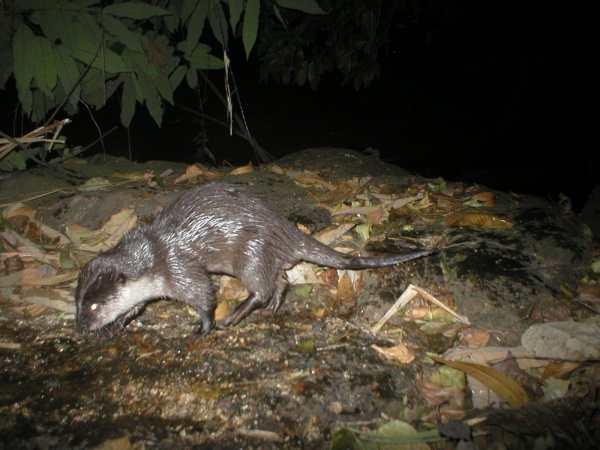Facts About Oriental small-clawed otter
The Asian small-clawed otter, also known as the oriental small-clawed otter, is a charming semiaquatic mammal native to South and Southeast Asia. As the smallest otter species in the world, these animals are easily recognizable by their unique paws, which have partially webbed fingers and toes. This special feature grants them remarkable manual dexterity, ideal for catching their favorite meals like mollusks, crabs, and other aquatic creatures.
These otters typically live in family groups within mangrove swamps and freshwater wetlands. In these close-knit groups, only the alpha pair breeds, while their older offspring assist in raising the younger ones. Unfortunately, due to habitat loss, pollution, and hunting, the Asian small-clawed otter is currently listed as Vulnerable on the IUCN Red List.
Over the years, scientists have assigned various names and classifications to this otter. Recent genetic studies have shed light on its evolutionary relationships with other otter species. Physically, these otters are known for their deep brown fur, small stature, and distinctive skull and paw structures.
Geographically, the Asian small-clawed otter has a wide range, extending from India to Southeast Asia, including islands such as Sumatra, Java, Borneo, and Palawan. They thrive in diverse freshwater environments such as swamps, rivers, estuaries, and mangroves. Mostly nocturnal, these otters live in groups and exhibit complex social behaviors.
Diet-wise, these otters primarily feast on crabs, fish, and other aquatic prey, often showing seasonal preferences for certain food items. Studies of their breeding habits in captivity have revealed that they are monogamous and engage in nest-building activities.
Despite their adaptability, Asian small-clawed otters face significant threats from poaching, habitat destruction, and the illegal pet trade. To combat these challenges, conservation efforts are underway, including their listing on CITES Appendix II, and later, Appendix I, to regulate international trade. Captive breeding programs like the Species Survival Plan also play a crucial role in preserving this species.
Zoos and other institutions are working diligently to ensure the well-being and breeding success of Asian small-clawed otters in captivity. These efforts are vital for the ongoing conservation of this vulnerable species, helping to secure a brighter future for these delightful otters.

 Laos
Laos